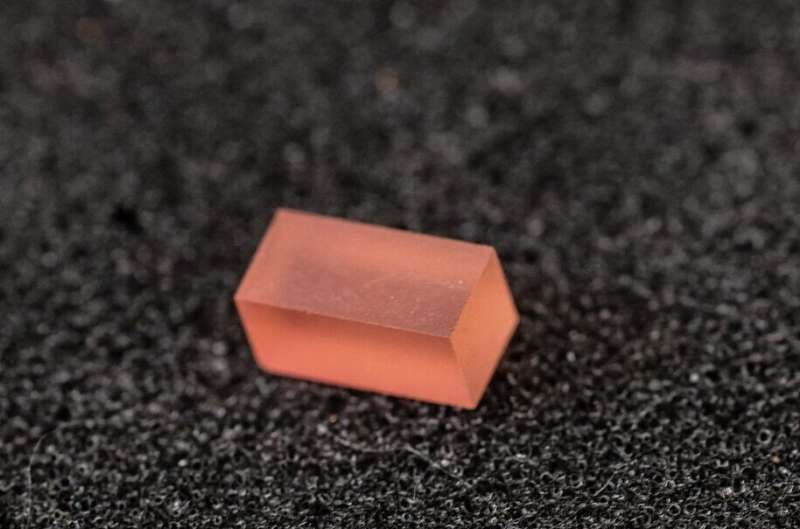In the realm of materials science and quantum physics, researchers have long been fascinated by the behavior of ferromagnetic materials and the intriguing phenomena that occur within them. One such phenomenon, known as Barkhausen noise, has captivated scientists since its discovery in 1919 by physicist Heinrich Barkhausen. Now, a groundbreaking study led by researchers at the California Institute of Technology (Caltech) has unveiled a remarkable new dimension to Barkhausen noise, shedding light on the role of quantum effects in triggering magnetic avalanches. This pioneering research marks a significant leap forward in our understanding of quantum mechanics and its implications for future technologies.
Exploring the Avalanche Effect in Ferromagnetic Materials
Ferromagnetic materials, such as iron screws, exhibit a unique property in which the magnetic orientations of their atomic spins can become aligned when subjected to an external magnetic field. This alignment process, known as magnetization, occurs through an avalanche-like mechanism, akin to snow cascading down a mountainside. Heinrich Barkhausen famously demonstrated this phenomenon by detecting audible crackling sounds, or Barkhausen noise, associated with the abrupt reorientation of magnetic domains within the material.
Unveiling Quantum Barkhausen Noise
In a groundbreaking study published in the Proceedings of the National Academy of Sciences, researchers at Caltech have unveiled the existence of quantum Barkhausen noise, a phenomenon that arises from quantum mechanical effects within ferromagnetic materials. Unlike conventional magnetization processes driven by thermal activation, quantum Barkhausen noise occurs through a process known as quantum tunneling, where particles can traverse energy barriers without physically crossing them. This quantum tunneling effect, coupled with a phenomenon called co-tunneling, allows groups of electron spins to synchronize their magnetic flips, giving rise to Barkhausen noise on a quantum scale.
Experimental Insights into Quantum Magnetic Avalanches
To observe quantum Barkhausen noise, the research team employed a pink crystalline material called lithium holmium yttrium fluoride cooled to near-absolute zero temperatures. By applying a magnetic field and measuring voltage spikes indicative of magnetic flips, the researchers were able to detect the presence of quantum-induced magnetic avalanches. Remarkably, these avalanches persisted even in the absence of classical thermal effects, providing clear evidence of quantum mechanical processes at play.
Implications for Quantum Technology and Fundamental Physics
The discovery of quantum Barkhausen noise represents a significant advancement in our understanding of quantum effects in condensed matter systems. Beyond its fundamental implications for physics, this research holds promise for the development of quantum sensors and electronic devices. By harnessing quantum phenomena in magnetic materials, researchers may unlock new avenues for quantum computing, sensing, and information processing.
In unraveling the mysteries of quantum Barkhausen noise, researchers at Caltech have illuminated a fascinating aspect of quantum mechanics in ferromagnetic materials. Through meticulous experimentation and theoretical analysis, they have provided compelling evidence for the existence of quantum-induced magnetic avalanches, challenging our conventional understanding of magnetization processes. As we continue to delve deeper into the quantum realm, the insights gained from this study pave the way for transformative advancements in both fundamental physics and quantum technology.
